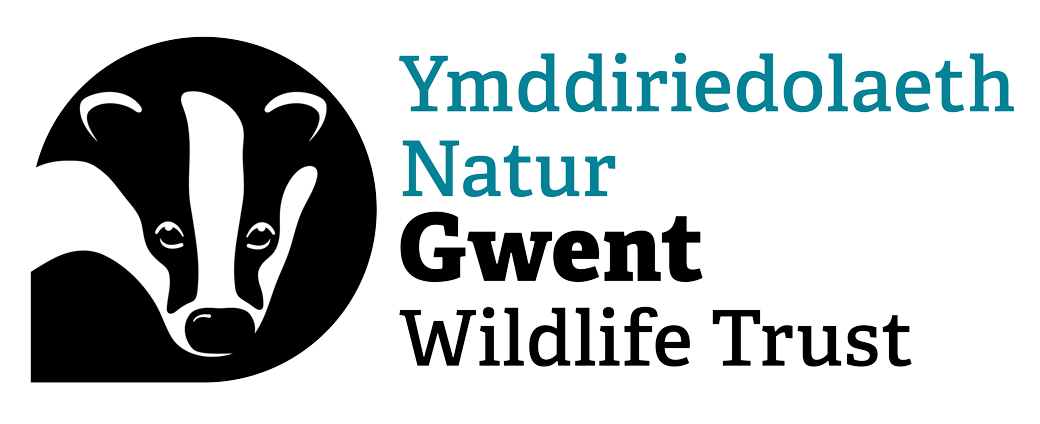Search
Chwilio
Hornet robberfly
With black-and-yellow markings, the Hornet robberfly looks like its namesake, but is harmless to us. This mimicry helps to protect it from predators while it perches in the open, waiting for its…
Water-soldier
Water-soldier grows submerged in ponds and open water, and pops up over summer, looking like the top of a pineapple! This rare plant displays white flowers and shelters many aquatic insects.
Tree bumblebee
The tree bumblebee is a new arrival to the UK. First recorded here in 2001, it is slowly spreading north. It prefers open woodland and garden habitats and can be found nesting in bird boxes and…
Lesser centaury
Often overlooked, Lesser centaury is a tiny plant of grassy, open habitats like dunes, cliffs, heaths and grasslands. As its name suggests, it is much smaller than its relative, Common centaury.…
Blue shark
It's easy to see where the blue shark got its name from. These sleek, elegant sharks have beautiful metallic blue backs which provide brilliant camouflage out in the open ocean.
Clouded yellow
The clouded yellow is a migrant that arrives here from May onwards. Usually, only small numbers turn up, but some years see mass migrations. It prefers open habitats, particularly chalk grassland…
Common gorse
Windy, open moors covered in bright yellow, spiky common gorse bushes and purple heathers are synonymous with what we call 'wild' landscapes, but it can be seen in many habitats, from…
Dark green fritillary
The dark green fritillary is actually an orange butterfly with black spots. It gets its name from the dark green hue to the undersides of its hindwings. A strong flier, it can be seen on open,…
Narrow-headed ant
A very rare ant, once found on heathland across southern England but now restricted to Scotland and Devon. It constructs distinctive thatched nests in open areas at the edges of scrub, and forages…
My oasis
Growing up and living in the countryside for much of her life, Helen is used to big wide open spaces and loves being outside. She enjoys coming to the Centre for Wildlife Gardening, as it’s like…
Heron House team enjoy a Welsh wildlife safari!
Gwent Wildlife Trust business members Heron House Financial Management go on a Welsh wildlife safari at Pentwyn Farm and Wyeswood Common Nature Reserves, and discover how our sheep and cattle are…
